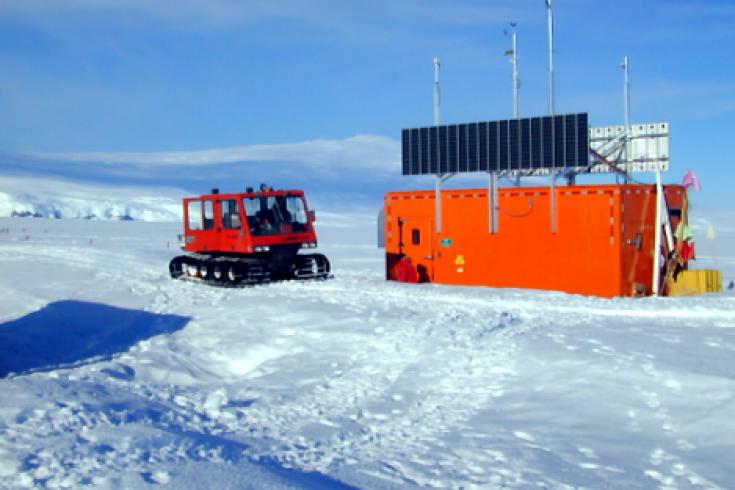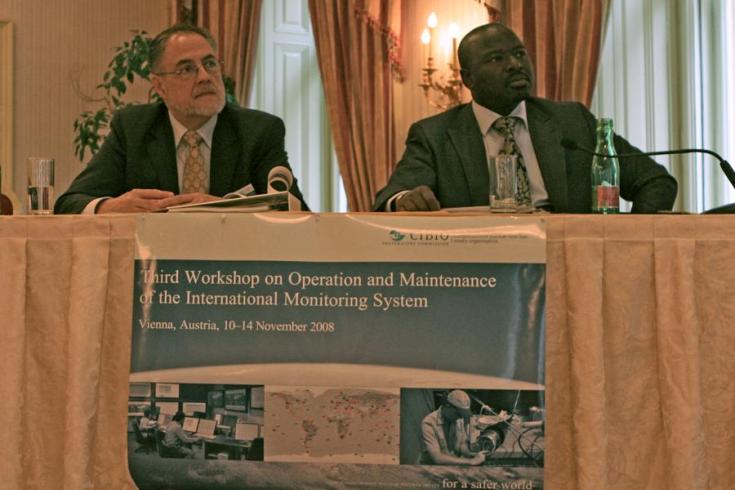Monitoring Station Operators from all over the world gather in Vienna
Operations and Maintenance Workshop for station operators concludes
- seismic stations “feeling” the Earth’s mantle for shockwaves caused by nuclear explosions;
- hydroacoustic stations “listening” to the oceans for sound waves;
- infrasound stations “listening” to the atmosphere for infrasound waves that are inaudible to the human ear;
- radionuclide stations “sniffing” for radioactive particles or noble gases emitted from a nuclear explosion.
IMS station operators, equipment providers and CTBTO staff gathered from 10 - 14 November in Vienna.
“Our common purpose is to have the best, and I mean the best global network of monitoring stations in the world (…) with the highest reliability, the best timeliness, the best availability, the best quality.”
Station operators ensure high-quality data harvesting – under any conditions

Assuring the operation of remote IMS stations such as in the Antarctica is a challenge.
Protecting a one billion dollar investment

The workshop was jointly chaired by the directors of the CTBTO’s IDC and IMS divisions, Lassina Zerbo and Federico Guendel (left).
"Our role here is to serve you, is to serve the Member States, is to make sure that our co-operation works in a way that is best for this monitoring system, this wonderful monitoring system that we are all proud of."
Thousands of experts worldwide constantly working on improving CTBT verification
17 Nov 2008